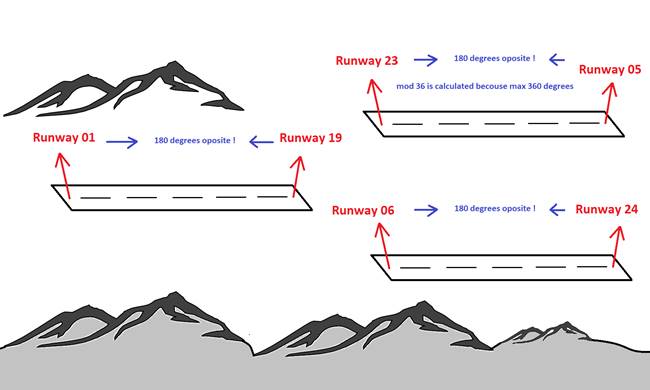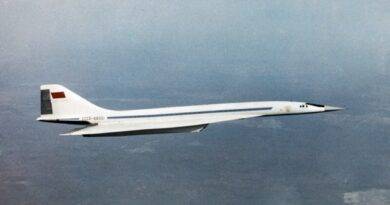Wrong Runway Use: Effects and Consequences
Landing or taking off on the wrong runway is a serious aviation safety hazard. It can have a domino effect, triggering various negative consequences, both immediate and long-lasting.
Immediate effects:
- Collision risk: Landing on a runway occupied by another aircraft is a recipe for disaster. Mid-air collisions are thankfully rare, but the potential consequences are devastating.
- Runway incursion: Landing or taking off from the wrong runway can lead to an incursion, where an aircraft enters a protected area without authorization. This can cause panic and disrupt operations.
- Go-around: Pilots realizing they’re on the wrong runway have to initiate a go-around, a sudden and potentially risky maneuver. This can increase fuel consumption and stress levels.
Long-term effects:
- Loss of confidence: Runway incursions and wrong runway events can erode public trust in the aviation industry. This can lead to reduced passenger numbers and economic losses.
- Increased regulations: In response to safety incidents, aviation authorities may implement stricter regulations, making operations more complex and costly for airlines.
- Technological advancements: Near misses and accidents push the development of new technologies to prevent future occurrences. This includes ground radar systems and improved communication protocols.
Minimizing the risks:
- Pilot training: Extensive training can help pilots identify and avoid runway incursions. This includes practicing emergency procedures and understanding the importance of situational awareness.
- Airport design: Well-designed airports with clear signage and markings can significantly reduce the risk of wrong runway use.
- Effective communication: Clear communication between air traffic controllers and pilots is crucial for ensuring everyone is on the same page.
Wrong runway use is a serious issue, but it can be prevented through rigorous training, improved airport design, and effective communication. By taking these steps, we can make the skies safer for everyone.

References:
Immediate effects:
- Collision risk:
- International Civil Aviation Organization (ICAO). (2018). Annex 14 – Aerodromes. https://icao.int/
- Runway incursion:
- Federal Aviation Administration (FAA). (2022). Runway Incursion Reporting and Analysis System (RIRAS). https://www.faa.gov/airports/runway_safety/resources
- Go-around:
- Transport Canada. (2019). Go-around Procedures. https://www.tatc.gc.ca/en/applications/guide-for-applicants-aviation.html
Long-term effects:
- Loss of confidence:
- Air Transport Action Group (ATAG). (2020). Global Aviation Safety Report. https://atag.org/
- Increased regulations:
- European Union Aviation Safety Agency (EASA). (2023). Regulation (EU) 2018/1139 – Common rules in the field of civil aviation. https://eur-lex.europa.eu/legal-content/EN/TXT/?uri=celex%3A32018R1139
- Technological advancements:
- International Air Transport Association (IATA). (2022). Airline Industry Perspective on Runway Safety. https://www.iata.org/en/programs/safety/safety-risk/sirm/sirm-insights/runway-safety-discussion-at-sirm-30/
Minimizing the risks:
- Pilot training:
- International Civil Aviation Organization (ICAO). (2020). Doc 9868 – Manual on Runway Safety. https://applications.icao.int/tools/RSP_ikit/story_content/external_files/ACI%20Runway%20Safety%20Handbook%202014%20v2%20low.pdf
- Airport design:
- Airport Cooperative Research Program (ACRP). (2015). Report 148: Runway Excursion Risk Reduction Tools. https://flightsafety.org/toolkits-resources/past-safety-initiatives/runway-excursion-risk-reduction-rerr-toolkit/
- Effective communication:
- Federal Aviation Administration (FAA). (2021). Controller-Pilot Communication. https://www.faa.gov/air_traffic/publications/atpubs/pcg_html/
Additional Resources:
- Flight Safety Foundation. (n.d.). Runway Safety. https://flightsafety.org/
- National Transportation Safety Board (NTSB). (n.d.). Runway Incursion Prevention. https://www.ntsb.gov/safety/safety-studies/Documents/SIR8601.pdf


